Field watches are one of my favorite categories of timepieces. Purpose built, utilitarian, and aggressively no-frills, these watches were designed for specific jobs, and have a long and storied history of facing down each. The last time we covered a field watch in this series was over a year ago, when we examined the Weiss 38-mm Standard Issue Field Watch, an interesting American-made watch that brought a vintage-inspired field-watch design into a modern format. This week we’ll be taking a closer look at the Timor Heritage Field, an upcoming modern re-issue channeling the look of the famed “Dirty Dozen” design from the 1940s.
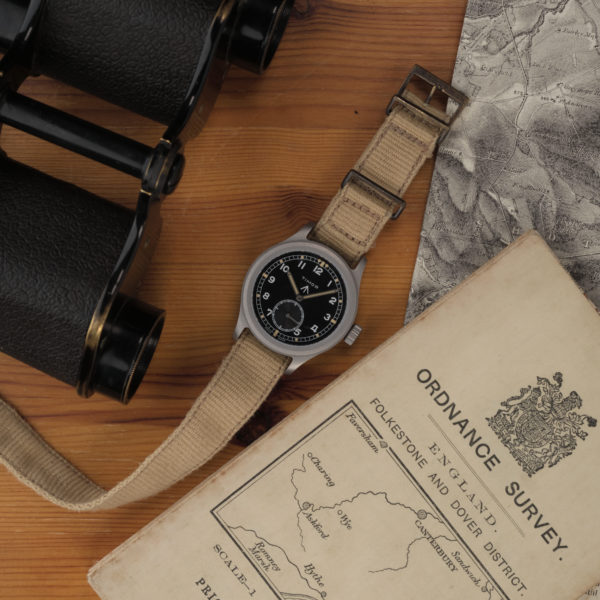
The “Dirty Dozen” is the name given collectively to the 12 watches from 12 Swiss watch firms that produced the “W.W.W.” design for the British military toward the end of World War II. These original 12 included models from Buren, Cyma, Eterna, Grana, IWC, Jaeger-LeCoultre, Lemania, Longines, Omega, Record, Vertex, and Timor. This wartime design spec, which stood for “Wrist, Watch, Waterproof,” called for watches between 35 and 38 mm in diameter, with a black dial, luminous dial features, a steel or chrome waterproof case, a shatterproof crystal, and a 15-jewel chronometer-grade movement, among a few other requirements, such as each carrying the Broad Arrow symbol that designated it as British military property. While few, if any, of the W.W.W. models actually saw documented combat experience, the relative commonness of the vintage watches in combination with their appealing design have lent them an outsized role in field-watch history, with many watch brands looking to the style today as a key influence on their modern vintage-inspired models.
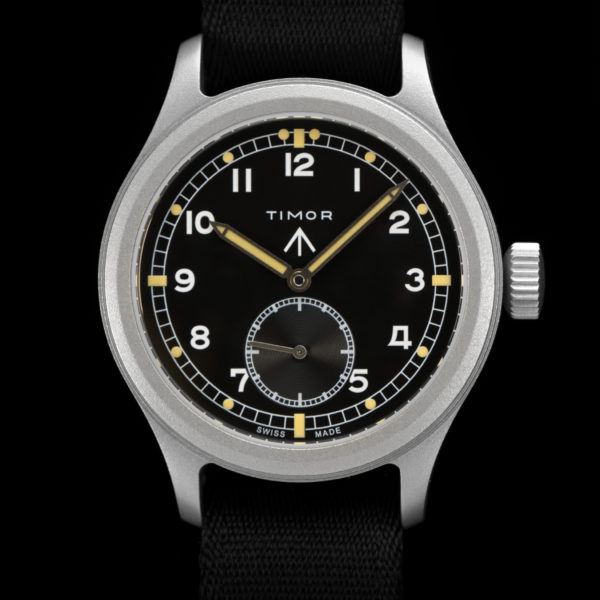
Some brands, such as Timor, have gone so far as to revive the W.W.W. design in a modern re-issue. Timor, which is led by U.K.-based Benjamin Briggs after being re-incorporated in the country in 2018, has been a largely dormant brand since the Quartz Crisis took its toll on sales in the 1970s. Briggs, a British Army veteran, was a massive fan of the Dirty Dozen design scheme, and in collaboration with Aerowatch and the Bolzli family — which owns both Aerowatch and Timor’s Swiss trademark (Briggs owns the U.K. trademark) — has been developing the new Heritage Field watch, to be released to market in November 2020.
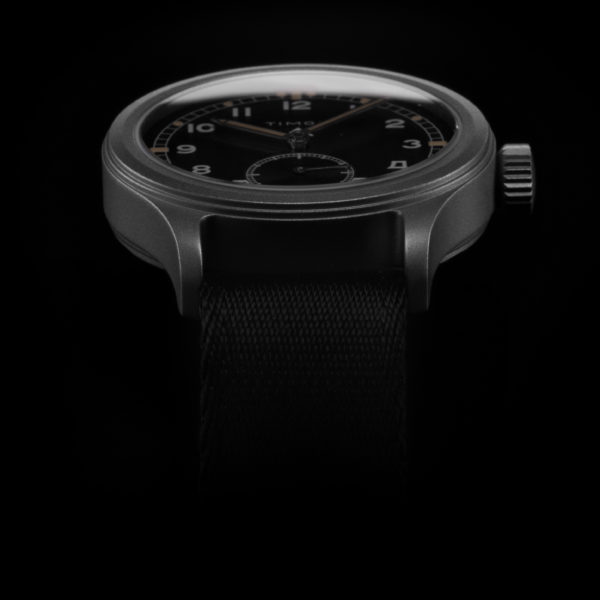
The new Timor Heritage Field uses a 36.5-mm bead-blasted steel case, with a proportionally large push/pull crown and is attached to a NATO-style nylon strap. A stepped bezel surrounds the simple dial, on which you can find an outer railroad-track minute ring punctuated at each hour with “faux patina” circular and rectangular printed accents. Within the ring are white Arabic numerals produced in a ‘40s style font, while a subdial with radial finishing is found at 6 o’clock, contrasting with the matte black of the main dial. Toward the top of the dial is a simple vintage Timor logo with the iconic Broad Arrow symbol just below it, while slim, lume-tipped sword hands sweep above to indicate the hours and minutes. Each of the faux patina accents on the dial uses a luminescent material to help the wearer determine the time in darkness.
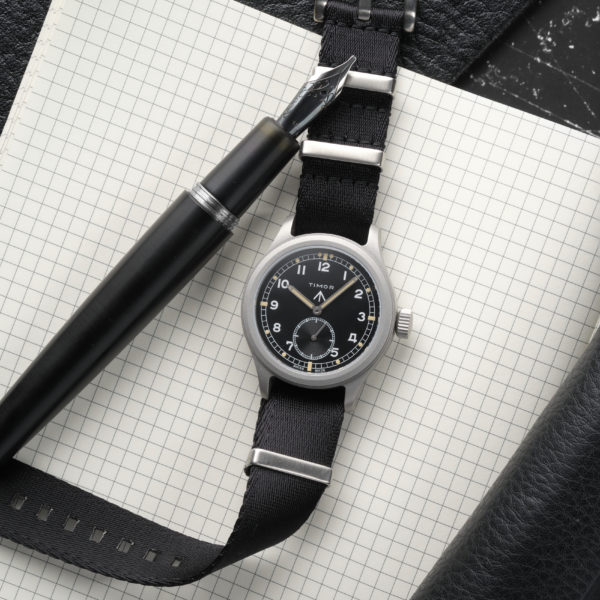
Inside the upcoming model is one of two movements offered. The first is the automatic Sellita SW260 movement, which features a 38-hour power reserve; the second is the hand-wound Sellita SW216, which features a 42-hour power reserve and — according to sales commitments on the brand’s Kickstarter page — is overwhelmingly more popular of the two choices. For each of the two movements, the brand maintains the same case dimensions, and the same 11-mm thickness.
The new Heritage Field is available for pre-order via Timor’s Kickstarter campaign, here, for £750, or about $983, with shipping expected in November 2020. Once the watch begins full-scale production, Timor will retail the model at £950, or about $1,245.
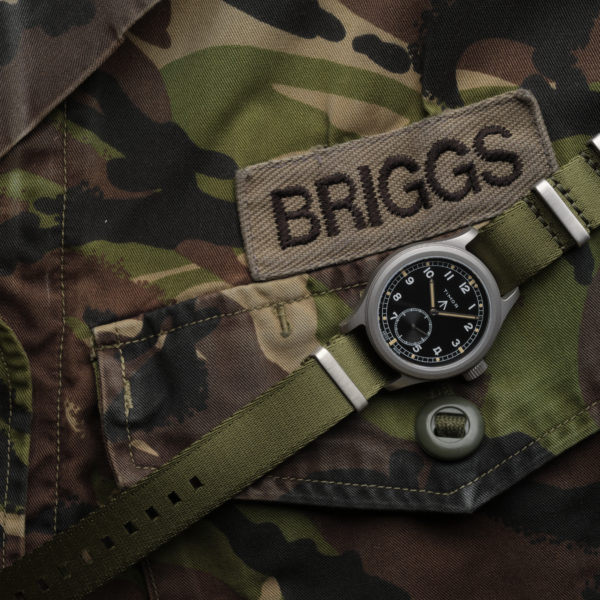
Taking a look at the watch, we find a faithful re-issue of the original W.W.W. design, with some clear modern updates for the contemporary consumer. These updates are most evident in the watch’s case finishing, which opts for bead-blasted finishing over the polished or brushed finishing (depending on the brand) used in the 1940s. Additionally, the watch uses a sapphire crystal rather than the acrylic one used during wartime — a significantly more wear-resistant material for a modern-day field watch. Moving to the dial, the aesthetic is quite clean, though it opts to use faux-patina markers for a vintage look rather than the simpler white ones, which would have been found on an un-aged 1940s model. The final significant difference is the option for an automatic movement. During this era, automatic movements weren’t in popular use, which may explain why Timor’s initial consumers are finding a greater interest in the brand’s hand-wound version of the watch.
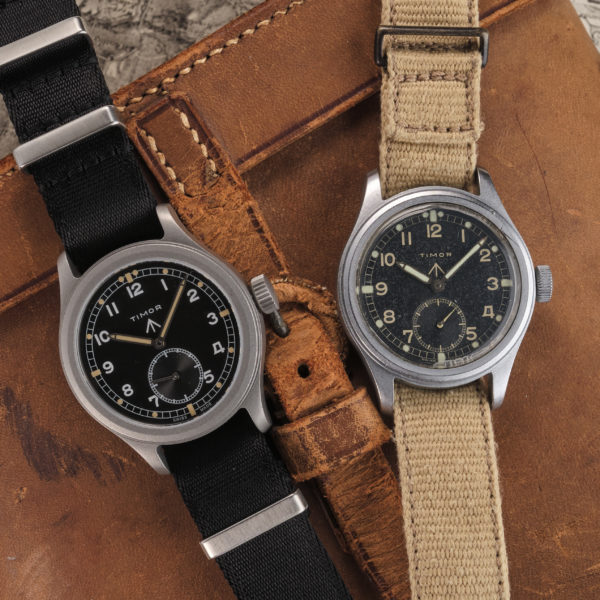
Despite these concessions to modern tastes, Timor has made obvious efforts toward preserving and boosting the original vintage design. The brand opted to keep the watch historically sized, using a 36.5-mm case over a more modern field watch sizing between 38 and 42 mm, as well as keeping other historic features like the stepped bezel and large crown. On the dial, the design is a direct reissue of the wartime look — albeit with a few color differences — down to the Broad Arrow and radial finishing on the seconds subdial. Overall, Timor has worked to faithfully channel the essence and style of the vintage design in the upcoming watch, allowing the piece to clearly channel its W.W.W. origins while using subtle, contemporary technical and aesthetic updates.
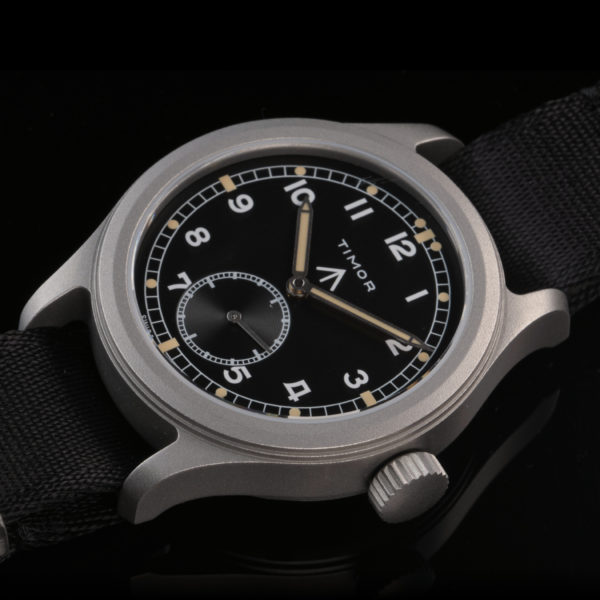
Its first watch produced under Briggs’ leadership, Timor’s Heritage Field watch could represent a successful reawakening of the historical British brand. With the model not set to ship until fall of 2020, and physical models not available for review for a couple more months, there is obviously a lot of work still to do and many variables at play. However, in its initial launch the brand has shown a keen awareness for the desires of its niche market, and could well become a significant, rising player in that space in the months and years to come.
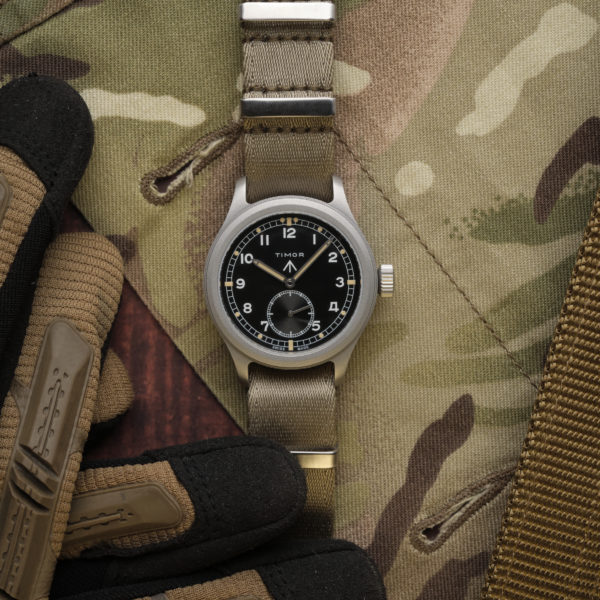
To learn more about the renewed Timor brand and its history spanning from 1923, you can visit the brand’s website, here.
For the most recent article in the “Vintage Eye” series, in which we discuss Timex M79 Automatic and the historic models that inspired it, click here.
Caleb Anderson is a freelance writer with a primary focus on vintage watches. Since first discovering horology, he has garnered extensive knowledge in the field and spends much of his time sharing his opinions among other writers, collectors, and dealers. Currently located near New York City, he is a persistent student in all things historical, a writer on many topics, and a casual runner.

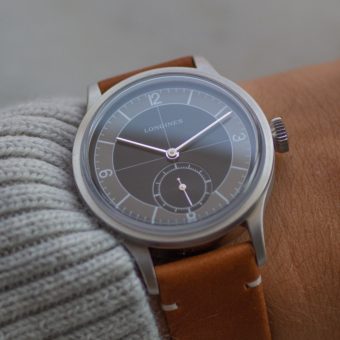
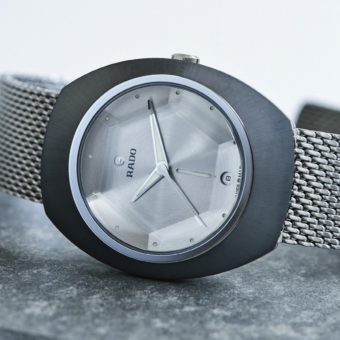
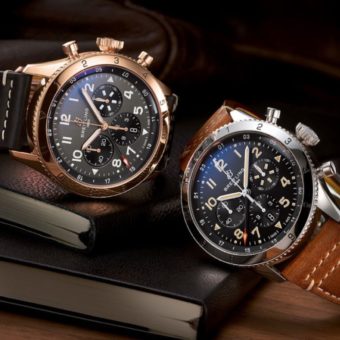
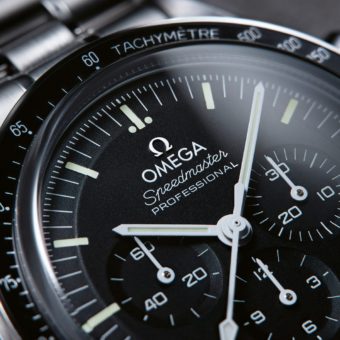
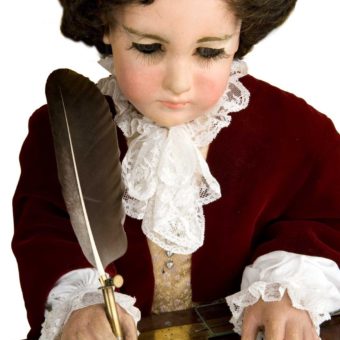
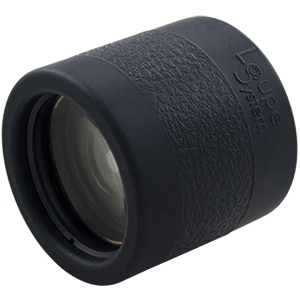
The automatic movement has received more interest and has been ordered more than the manual wind version. You got it backward.
It was mentioned in this article about one of the most modern update from the original as being the bead blasted case finish. The original models also used a bead blasted finish which is one aspect that made it stand apart from other models in the Dirty Dozen, and one reason that they seem to be better preserved. Another aspect is that Timor actually used stainless steel in their case construction instead of the chrome plated brass cases many of them used. Great article and learned some aspects that differed from other articles. I also backed this project and chose the hand wound version, of course like the original.
Thanks for the great article. I love the watch, especially the size 36 mm. But the price seems excessive
A nice looking watch inkeeping with the vintage ww2 models, with nicely done modern upgrading. However, as with some other watch brands, the price is gouging. Exorbitant for what is being produced. As we used to say in the army, FUBAR.